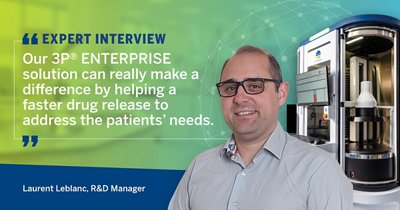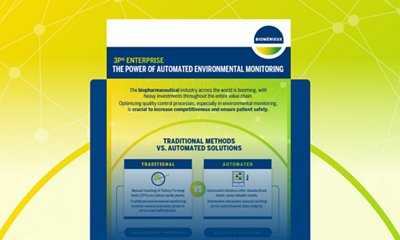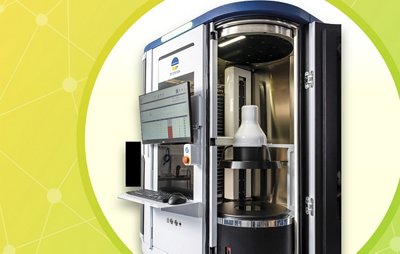Our 3P® ENTERPRISE solution can really make a difference by helping a faster drug release to address the patients’ needs

Why is constant innovation essential for bioMérieux?
At bioMérieux, we always want to be a pioneer by developing solutions for customers that fit their unique needs. That means innovating solutions that bring new added value, that make workflows easier, and that can actually provide peace of mind. Additionally, our solutions must be reliable, robust, and meet the highest standards necessary. To do this, our company invests great resources and effort into R&D. It’s worth noting that both the “R” and the “D” matter. We’re always researching to find innovative solutions to advance quality control. But, just as much, we put great emphasis on development, to ensure that these solutions can actually come to market and make real impact on public health.
How are you furthering automation and digitalization to help your customers’ field of work?
With automation and digitalization, we can really help revolutionize processes in the pharmaceutical world. Though pharmaceutical companies have been utilizing advanced technology in the form of paperless solutions and automating repetitive tasks, microbiology was a field that still didn’t have efficient automated solutions. For instance, environmental monitoring is an important microbiological control performed by pharmaceutical industries that has traditionally involved multiple manual, low-skill operations that are repetitive, time-consuming, and prone to human error. Our solution to this is 3P® ENTERPRISE, which includes 3P® SMART PLATES, 3P® CONNECT SOFTWARE, and. finally, the 3P® STATION itself.
What benefits does the 3P® ENTERPRISE solution offer customers in this field?
Environmental monitoring allows drug manufacturers to ensure that their clean rooms comply with the high-quality standards regarding microbiological contamination. This involves using a lot of Petri dishes to sample the environment in the various working areas. All these Petri dishes must be incubated and visually examined at the end of the day to check for contamination — more than 90% of Petri dishes will be negative. However, this task is low-skill, time-consuming, and exhausting, because it’s essential not to miss anything.
With our 3P® STATION, instead of a manual inspection, images of the Petri dishes are taken and recorded every hour by a high-resolution camera. By checking automatically and regularly, the system is able to detect a contamination as soon as it appears and alerts the lab directly. It also can reduce false positive results because the system understands the difference between an inert and unchanging dust particle and a growing microorganism. Perhaps even more importantly, we are also able to reduce the risk of false negatives. During standard long incubation periods, one microorganism might swarm over the surface of the agar, and thereby mask other microorganisms, making them very difficult to identify. With our kinetic approach of multiple images, we can replay the evolution of the microbial growth for full traceability (like a movie). This is a very important innovation, and we’re proud to be the first manufacturer that to provide this kind of technology!
Lastly, I’d point to the very comprehensive validation of the system, in terms of its robustness and data set. It achieves the same level of performance with every check as a skilled human operator. However, it can do it indefinitely, over and over again.
Are there advantages for laboratory workers and patients too?
Definitely. The greatest advantage for laboratory workers is that, by automating repetitive low-skill work, it allows time to concentrate on the value-add tasks, which are also a lot more interesting to do.
For patients, these solutions can help the most is in terms of time. Chemical analysis is nearly instantaneous. But microbiology always means waiting for the microorganisms to grow, so it becomes the bottleneck in terms of batch release. With these solutions, we can provide microbiology results faster, which can therefore lead to drugs released faster to address the real needs of patients. When patients are waiting for a specific drug, this can really make all the difference.


